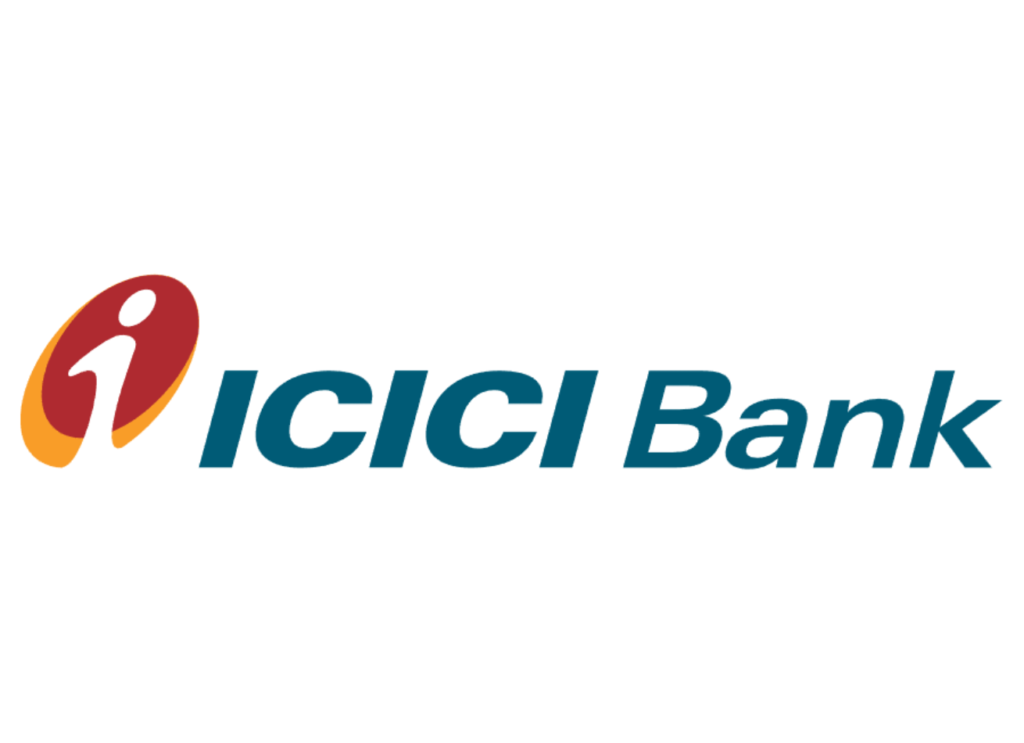The Maharashtra Government, under the leadership of the Chief Minister, sought to enhance governance by introducing a centralized and data-driven dashboard. The CM Dashboard was designed to monitor key performance indicators (KPIs) across departments, facilitate real-time decision-making, and promote transparency in public administration.
Hours delivered back to the business
SOX compliance in Settlement process automation
Success rate of bot case completion
For functional release of OBT, RTS and OGS
Challenges
The government faced several challenges before implementing the dashboard:
Data Fragmentation: Information was scattered across multiple departments with no unified access point.
Delayed Reporting: Manual processes led to delays in gathering and analyzing data.
Limited Transparency: Public access to information was limited, affecting trust and accountability.
Inefficient Resource Allocation: Lack of real-time insights hindered optimal utilization of resources.
Decision-making Bottlenecks: Absence of consolidated data delayed critical decisions.
What did
Glorious Insight do
The Maharashtra Government partnered with Glorious Insight to develop the CM Dashboard, a centralized platform powered by advanced analytics and visualization tools. The dashboard was built to:
Integrate Data Sources:
Connected disparate data systems across departments like health, education, infrastructure, agriculture, and law enforcement.
Leveraged APIs and ETL (Extract, Transform, Load) processes to ensure real-time data updates.
Real-Time Monitoring:
Enabled real-time tracking of KPIs such as project progress, fund utilization, and citizen grievance redressal.
Provided geo-mapping features to track developmental projects and resources across districts.
Interactive Dashboards and Visualizations:
Delivered interactive charts and reports tailored for decision-makers.
Incorporated drill-down capabilities for detailed insights.
Citizen-Centric Features:
Provided a public-facing portal for citizens to access key metrics and updates.
Allowed grievance submission and tracking through the dashboard.
AI and Predictive Analytics:
Integrated machine learning models to forecast trends in areas like rainfall, crop yields, and healthcare needs.
Enabled proactive planning and resource allocation.

The Results
- Reduced response times for addressing issues by 40%
- Improved inter-departmental coordination through unified data.
- Enhanced transparency with public access to key metrics.
- Empowered data-driven decision-making in real time.
- Optimized resource allocation for better public services.
- Accelerated grievance resolution by 30%, boosting citizen satisfaction.




